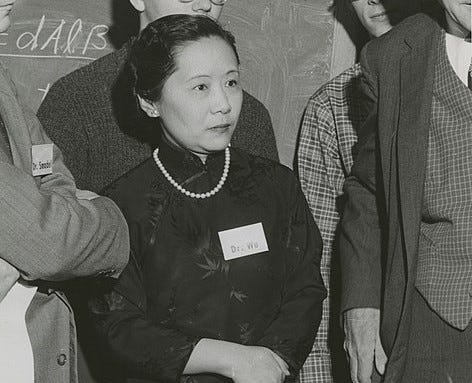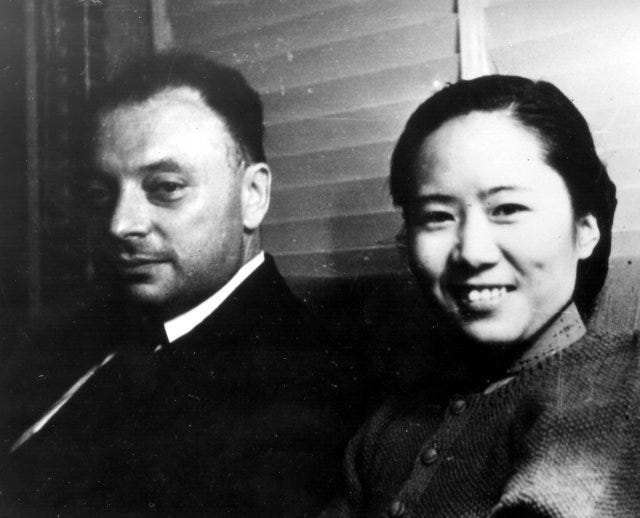Celebrating Chien-Shiung Wu: A Pioneer in Nuclear Physics
Written on
Chapter 1: The Legacy of Chien-Shiung Wu
Chien-Shiung Wu, an exceptional Chinese-American physicist, made groundbreaking advancements in nuclear physics. Born in 1912 in China, she earned her Ph.D. in physics from the prestigious University of California, Berkeley, in 1940. Her exceptional intellect and dedication to science led her to join the Manhattan Project during World War II, where she conducted crucial experiments that were vital in understanding nuclear fission in uranium and plutonium.
Her involvement in the Manhattan Project played a key role in the development of the atomic bomb. Wu devised a method for enriching uranium, which enabled the large-scale production of this crucial material for nuclear weaponry. Her contributions to nuclear fission were instrumental in shaping the field of nuclear physics as it is recognized today.
Section 1.1: Breaking New Ground in Physics
In addition to her significant work on the Manhattan Project, Wu also conducted revolutionary experiments that challenged the law of conservation of parity, a fundamental concept in physics at the time. This law suggested that a particle's mirror image would behave identically to the original particle.

In 1956, Wu performed the now-famous Wu experiment, which confirmed that the weak force, one of nature's fundamental forces, did not adhere to parity symmetry. Before this experiment, scientists believed the weak force was symmetric under mirror reflection. Wu's findings demonstrated a violation of this symmetry, marking a revolutionary moment in particle physics.
Subsection 1.1.1: Insights into Matter and Antimatter
Her research on parity violation was crucial for understanding the distinctions between matter and antimatter, a concept referred to as CP-violation, which has had a profound impact on particle physics. For her pioneering work, Wu was honored with the National Medal of Science in 1975.

Despite her numerous achievements, Wu encountered significant challenges throughout her career due to her gender. Regrettably, she often did not receive the recognition she warranted and was frequently overlooked for prestigious awards like the Nobel Prize in Physics. In an interview, Wu expressed her frustration with societal misconceptions, stating, “There is a misconception in America that women scientists are all dowdy spinsters. This is the fault of men. In Chinese society, a woman is valued for what she is, and men encourage her to accomplishments yet she remains eternally feminine.”
Section 1.2: A Lasting Influence
Wu's contributions have since been acknowledged widely, and she is celebrated as a pioneering figure in physics. Known as the "First Lady of Physics," her legacy serves as an inspiration for countless physicists who have followed in her footsteps. She was a trailblazer whose work significantly advanced our comprehension of the universe's nature. Her perseverance and determination continue to motivate young scientists, exemplifying the impact of resilience against adversity.
Chapter 2: The Story of Chien-Shiung Wu
The first video titled "The career of Chien-Shiung Wu, the 'First Lady of Physics'" explores her remarkable journey and significant contributions to nuclear physics.
The second video titled "Chien-Shiung Wu: The First Lady of Physics" delves into her life and achievements, highlighting her role as a pioneer in the scientific community.
Thank you for taking the time to read this. If you appreciated this story, please feel free to hit that clap icon as many times as you'd like. If you enjoy my work and wish to support me, consider becoming a Medium member or buying me a coffee. Stay tuned for more inspiring stories!